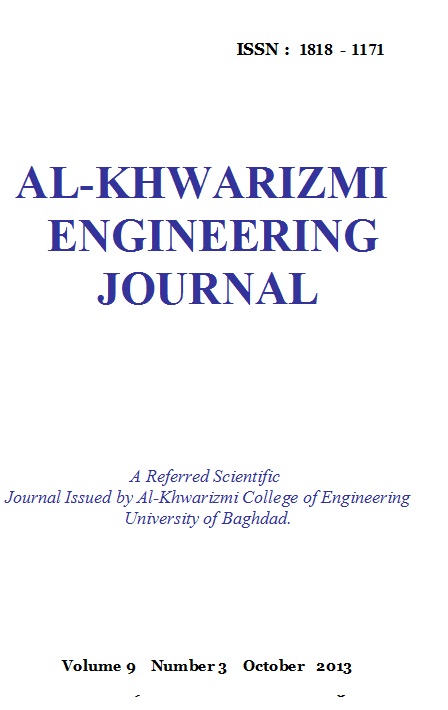An Investigation Study of Thinning Distribution in Single Point Incremental Forming Using FEM Analysis
Keywords:
Single Point Incremental Forming (SPIF), Experiments, Thinning, Finite element methodAbstract
Single Point Incremental Forming (SPIF) is a forming technique of sheet material based on layered manufacturing principles. The sheet part is locally deformed through horizontal slices. The moving locus of forming tool (called as toolpath) in these slices constructed to the finished part was performed by the CNC technology. The toolpath was created directly from CAD model of final product. The forming tool is a Ball-end forming tool, which was moved along the toolpath while the edges of sheet material were clamped rigidly on fixture.
This paper presented an investigation study of thinning distribution of a conical shapes carried out by incremental forming and the validation of finite element method to evaluate the limits of the process as regards to the geometry of the final product.
Three conical products have been carried out during this study with different forming angles and depth. The process was simulated using FEM program (ANSYS 11.0) and the results showed that the deviations between simulated and real values did not exceed of 6%.
Downloads
Downloads
Published
Issue
Section
License
Copyright: Open Access authors retain the copyrights of their papers, and all open access articles are distributed under the terms of the Creative Commons Attribution License, which permits unrestricted use, distribution, and reproduction in any medium, provided that the original work is properly cited. The use of general descriptive names, trade names, trademarks, and so forth in this publication, even if not specifically identified, does not imply that these names are not protected by the relevant laws and regulations. While the advice and information in this journal are believed to be true and accurate on the date of its going to press, neither the authors, the editors, nor the publisher can accept any legal responsibility for any errors or omissions that may be made. The publisher makes no warranty, express or implied, with respect to the material contained herein.












